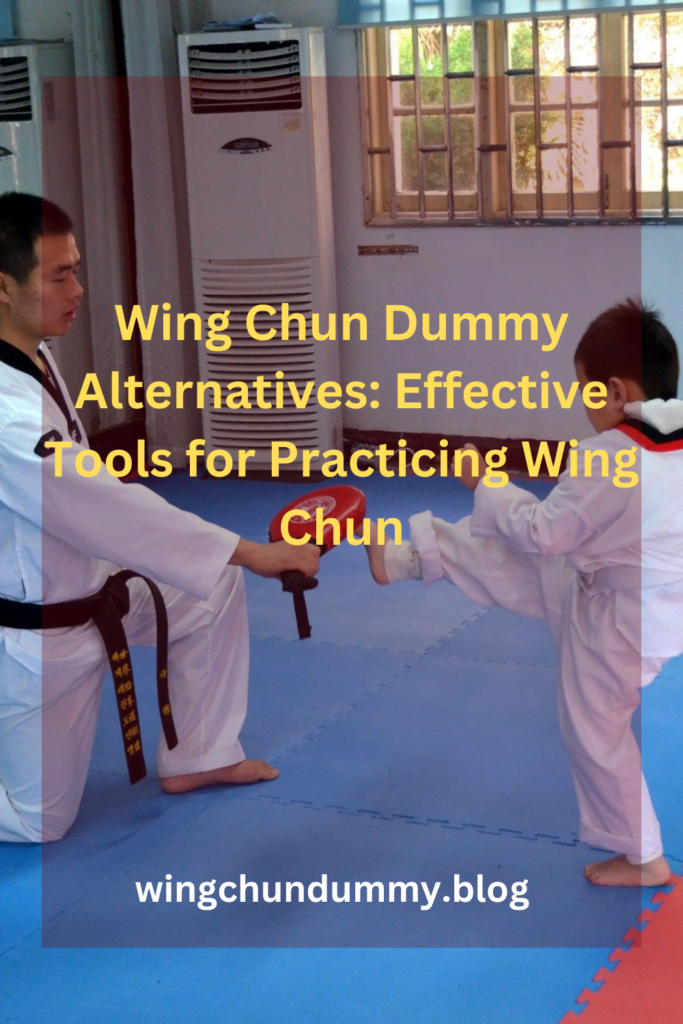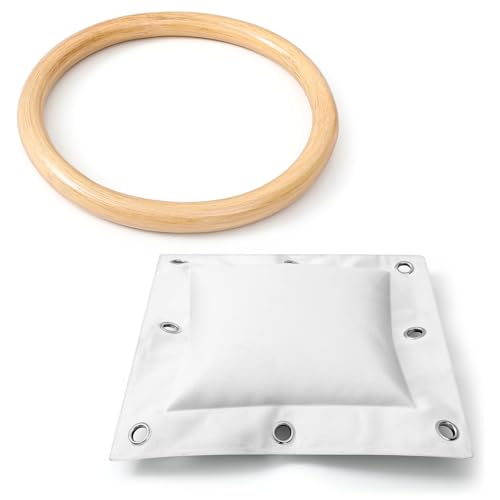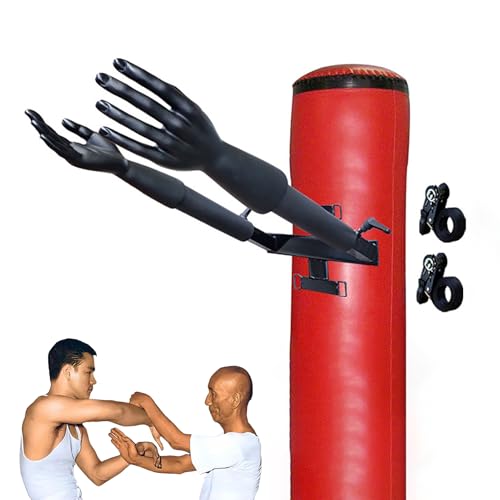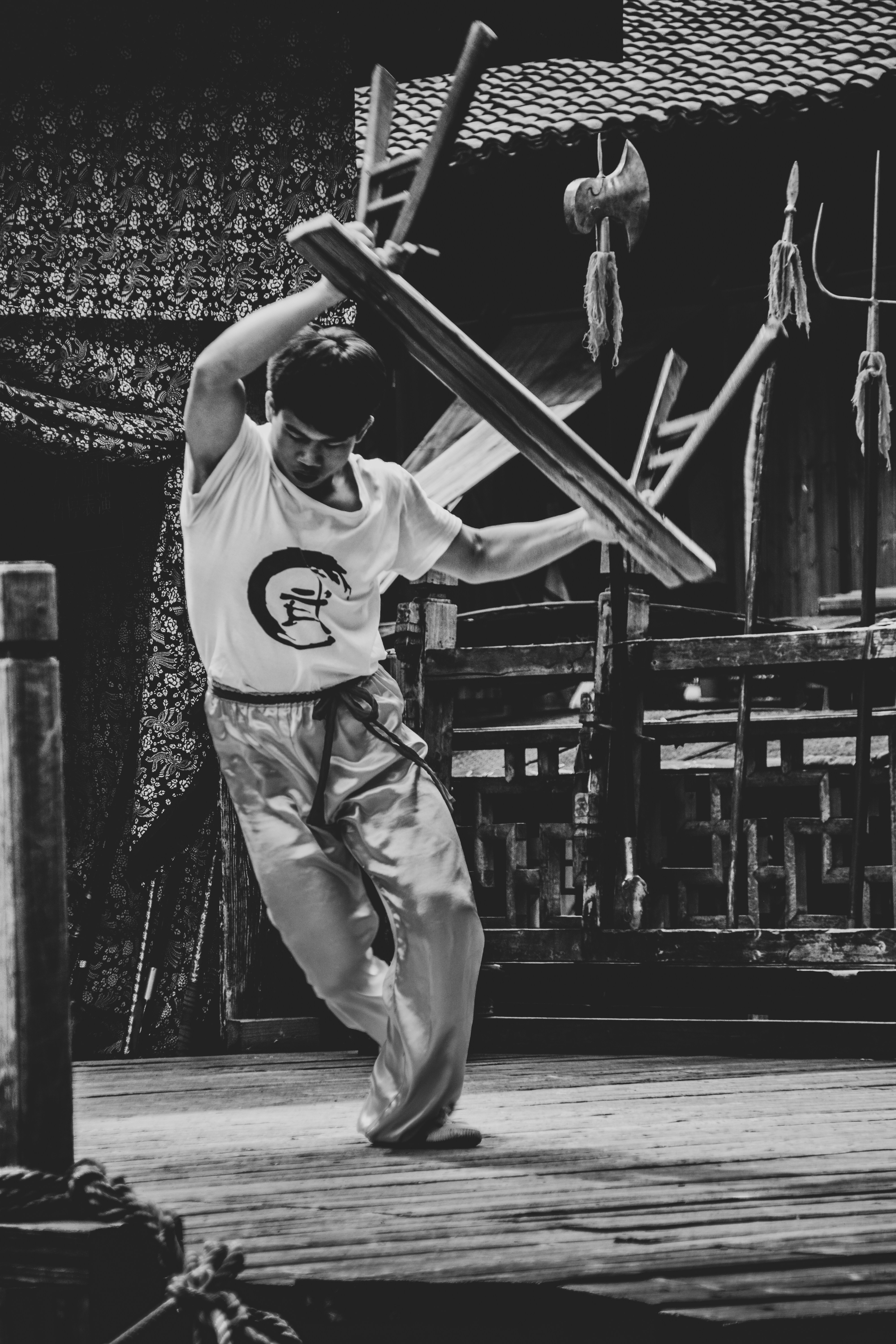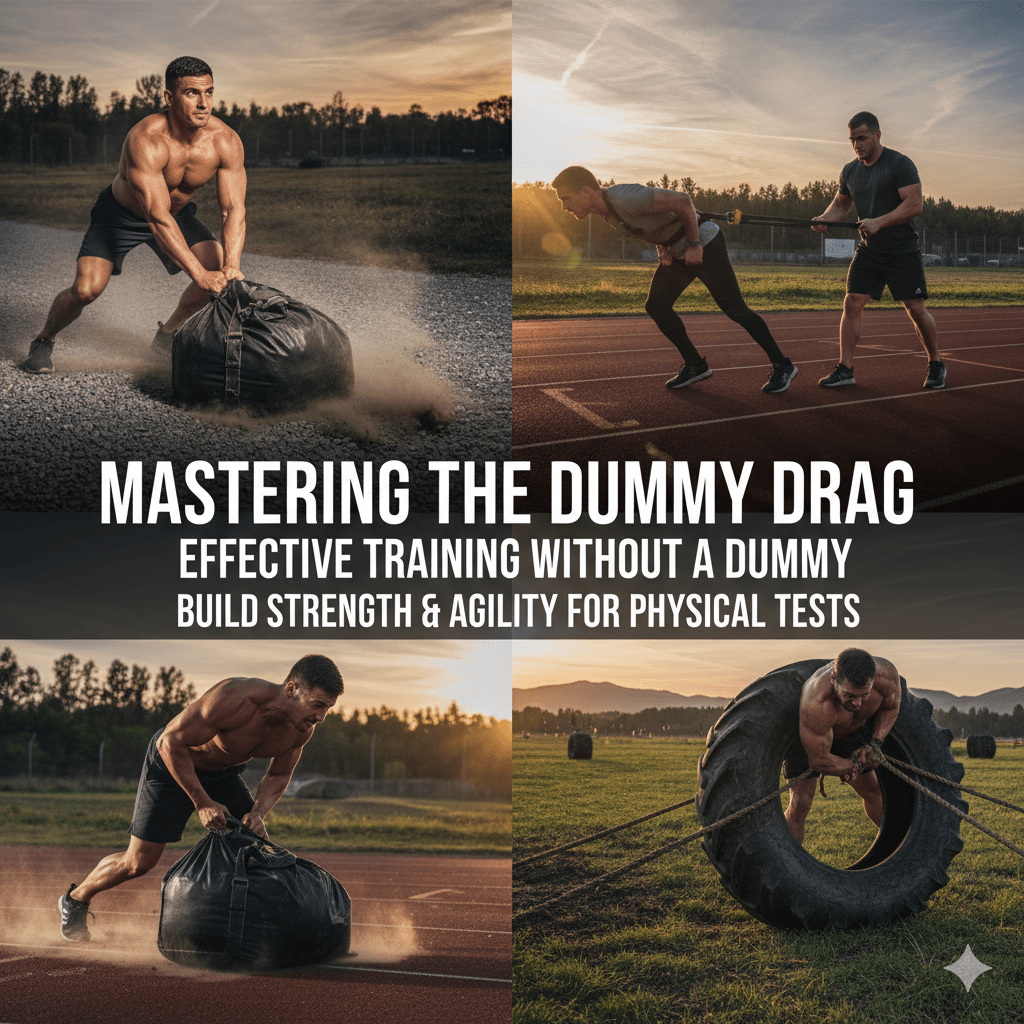– Wing Chun Training Tools –
Wing Chun, a traditional Southern Chinese martial art, finds its origins in the Shaolin Temple and was later popularized by the legendary Ip Man.
Known for its focus on close-range combat, Wing Chun emphasizes efficiency, economy of movement, and direct strikes.
Practitioners aim to develop a seamless flow of techniques, enhancing both offensive and defensive capabilities.
One of the most iconic training tools in Wing Chun is the wooden dummy, or Muk Yan Jong.
This apparatus is integral to the practice, aiding students in refining their techniques and improving their physical conditioning.
The wooden dummy consists of a wooden frame with three arms and a leg, simulating an opponent’s limbs, allowing practitioners to practice strikes, blocks, and footwork with precision.
The use of the wooden dummy in Wing Chun training offers multiple benefits.
Firstly, it helps in the development of proper technique and structural alignment.
By practicing on the dummy, students can ensure that their strikes are accurate and their positions are correct.
Secondly, it enhances reflexes and speed. The repetitive nature of dummy training ingrains muscle memory, allowing for swift and automatic responses in real combat scenarios.
Lastly, it improves overall martial arts skills by providing a safe and consistent training partner, enabling practitioners to practice complex movements and sequences without the risk of injuring a live partner.
Given the importance of the wooden dummy in Wing Chun, it is crucial for practitioners to have access to effective training tools.
However, traditional wooden dummies can be expensive and require significant space.
As a result, many Wing Chun enthusiasts seek alternative tools that can provide similar benefits while being more accessible and convenient.
In this blog post, we will explore various Wing Chun dummy alternatives that offer effective training options for martial artists at different stages of their journey.
Why Seek Alternatives to the Wing Chun Dummy?
The traditional Wing Chun dummy, known as the Muk Yan Jong, is a staple in Wing Chun training, celebrated for its ability to enhance reflexes, precision, and striking power.
However, despite its revered status, there are several compelling reasons why practitioners may seek alternatives to this iconic training tool.
One of the primary factors is cost. Authentic wooden dummies, especially those crafted from high-quality materials, can be quite expensive.
This financial barrier can be a significant deterrent for beginners or those on a tight budget.
As a result, finding more affordable alternatives becomes essential for many aspiring martial artists.
Space constraints also play a crucial role.
Traditional Wing Chun dummies are often large and require a dedicated space for installation.
For practitioners living in apartments or homes with limited space, accommodating such a sizable piece of equipment can be impractical.
Alternatives that are more compact or even portable can offer a practical solution to this issue.
allowing individuals to practice effectively without compromising their living environment.
Portability is another significant consideration.
For those who travel frequently or wish to practice in various locations, a stationary wooden dummy may not be feasible.
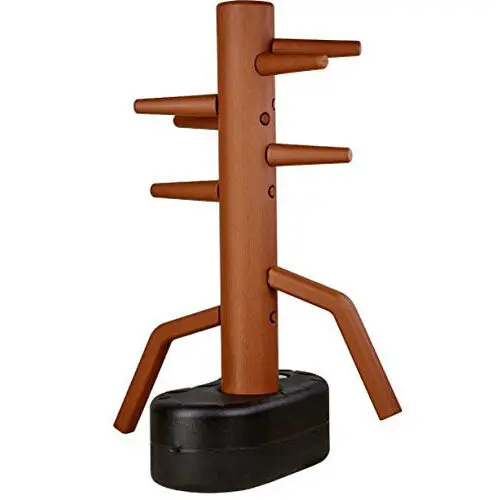
Portable alternatives that can be easily assembled and disassembled provide the flexibility needed for consistent training, regardless of location.
Personal preferences and individual training needs also influence the search for alternatives.
Some practitioners may prefer tools that offer specific features or training benefits not provided by the traditional wooden dummy.
Whether it’s a different material, adjustable components, or multifunctional equipment.
these preferences can drive the exploration of alternative options.
Ultimately, the importance of finding suitable alternatives lies in maintaining the effectiveness of training.
While the traditional Wing Chun dummy is an excellent tool, the right alternative can offer comparable benefits.
ensuring that practitioners continue to develop their skills without hindrance.
By addressing factors such as cost, space, portability, and personal preferences.
Alternatives can make Wing Chun training more accessible and adaptable to a wider range of practitioners.
Homemade Wing Chun Dummy Alternatives
Creating a Wing Chun dummy at home can be a cost-effective and rewarding endeavor.
With some easily accessible materials and basic tools, you can construct a functional alternative to the traditional wooden dummy.
Here, we will explore a few DIY options using items such as PVC pipes and wood.
Ensuring that your homemade dummy is both sturdy and effective for practice.
One popular method involves using PVC pipes. PVC is lightweight, durable, and easy to work with.
To build a PVC Wing Chun dummy, you will need several lengths of PVC pipes, PVC elbows and tees, and a few other supplies.
Start by cutting the pipes to the desired lengths for the dummy’s arms and legs.
Using the elbows and tees, assemble the pipes to form the basic structure of the dummy.
Secure the joints with PVC cement to ensure stability.
For added sturdiness, fill the base with sand or concrete.
Wood is another excellent material for constructing a Wing Chun dummy.
If you have some carpentry skills, you can build a wooden dummy using lumber, dowels, and screws.
Begin by cutting a solid piece of wood for the body.
Drill holes for the arms and legs, then insert dowels or wooden rods into these holes.
Secure the arms and legs with screws, ensuring they are tightly fastened.
You might also consider adding foam padding to the arms and legs to replicate the feel of traditional wooden dummies.
For those who prefer a simpler approach, you can repurpose everyday items such as old tires, metal pipes, or even sturdy cardboard tubes.
Tires can be stacked and bolted together to form a durable base, while metal pipes can be used similarly to PVC pipes.
Ensure that any materials you choose are securely fastened and capable of withstanding repeated strikes.
Regardless of the materials used, the key to a functional homemade Wing Chun dummy is ensuring stability and durability.
Properly secure all joints and connections.
And consider adding weight to the base for better stability.
With creativity and careful assembly, you can create an effective practice tool that will aid in your Wing Chun training.
Freestanding Wing Chun Training Tools
When it comes to practicing Wing Chun, the traditional wooden dummy, or Muk Yan Jong, is often revered as an essential training tool.
However, various freestanding Wing Chun training tools offer effective alternatives for those who seek flexibility and versatility in their training regimen.
These tools include heavy bags, freestanding punching bags, and specialized training dummies.
Each of these can be utilized to effectively practice Wing Chun techniques, providing a comprehensive approach to training.
Heavy bags are a popular choice among martial artists for their durability and utility.
A heavy bag allows practitioners to work on their striking power, speed, and precision.
Techniques such as straight punches, chain punches, and palm strikes can be practiced repeatedly, helping to develop muscle memory and improve overall striking ability.
Additionally, heavy bags can be used for conditioning the fists and forearms, which is crucial for effective Wing Chun practice.
Freestanding punching bags offer the advantage of mobility and ease of setup.
Unlike traditional hanging bags, freestanding bags can be moved to different locations.
Making them ideal for limited spaces.
They are often designed with a resilient base, allowing for stability during intense training sessions.
These bags can be used to practice a variety of Wing Chun techniques, including kicks, punches, and elbow strikes.
The ability to move around the bag simulates real-life combat scenarios, enhancing footwork and agility.
Specialized training dummies have also gained popularity as viable alternatives to the traditional Wing Chun dummy.
These dummies are often crafted to mimic the human form and are equipped with features such as adjustable arms and legs.
This allows practitioners to perform techniques like Pak Sau (slapping hand), Lap Sau (grabbing hand), and Chi Sau (sticking hands) with greater realism.
Specialized dummies can be particularly useful for solo training, providing a target for precise and controlled movements.
Incorporating these freestanding training tools into your Wing Chun practice can offer numerous benefits.
from enhancing striking skills to improving footwork and conditioning.
Each tool serves a unique purpose, making them valuable additions to any Wing Chun training routine.
Wall-Mounted Alternatives
Wall-mounted training tools offer a viable alternative for those seeking to practice Wing Chun without a traditional wooden dummy.
These options can be particularly useful for practitioners with limited space or budget constraints.
Among the most popular wall-mounted alternatives are wall bags, wooden boards, and other specialized devices designed for honing striking and blocking techniques.

Wooden boards are another practical option for Wing Chun training.
These boards are usually mount at different angles and heights to facilitate the practice of various strikes and blocks.
By adjusting the placement of the boards, practitioners can simulate different attack scenarios.
It’s essential to use high-quality wood and secure the boards firmly to the wall to prevent any accidents during training.
For those looking for more specialize wall-mount devices.
There are products designed specifically for Wing Chun practice.
These devices often feature multiple target areas and adjustable components.
Allowing for a comprehensive training experience.
Some models include spring-load sections to mimic the resistance and feedback provide by a traditional wooden dummy.
Installation may require more effort, including drilling and mounting multiple brackets.
But the enhance training experience can be well worth the effort.
When installing any wall-mount training tool 🔫🔥.
it’s crucial to ensure the wall can support the device and withstand the force of your strikes.
Always follow the manufacturer’s installation guidelines and consider consulting a professional if you’re unsure about the structural integrity of your wall.
Proper installation not only maximizes the effectiveness of your training but also ensures your safety.
Wall bags are a versatile and cost-effective choice.
Typically filling 🥧 with sand, rice, or beans, these bags can be attach to a wall at various heights, simulating the target zones on an opponent’s body.
Practitioners can use wall bags to develop their punching power, accuracy, and conditioning.
Installation is straightforward: simply secure the bag to a sturdy wall with bolts or brackets.
Ensuring it can withstand repeat 🔁 impacts.
Portable Wing Chun Training Equipment
For practitioners of Wing Chun who require flexibility in their training environments, portable training equipment offers a practical solution.
These tools are designed to be easily transport and store 🏬.
Making it feasible to practice Wing Chun even when space or mobility is a concern.
One of the most popular options in this category is the portable wooden dummy.
Unlike traditional wooden dummies that are heavy and fix in place.
Portable versions are often construct with lighter materials and designe to be collapsible.
This ensures that they can be set up quickly and disassembled just as easily, facilitating practice in various locations.
Another valuable addition to portable Wing Chun training equipment is collapsible training tools.
These may include retractable staffs, foldable wall bags, and modular punching pads.
Such equipment can be conveniently pack and carries.
making it ideal for practitioners who travel frequently.
The ability to maintain a consistent training regimen without the constraints of a fix location is immensely beneficial.
For instance, a retractable staff can be extend to its full length for practice and then compact for easy storage.
Compact equipment that fits into small spaces also serves as an excellent alternative for those with limit training areas.

Products such as wall-mount training stations, small hand dummies, and multi-functional resistance bands can all be use effectively in confines spaces.
These tools enable practitioners to perform essential drills and techniques without requiring a dedicated training room.
Moreover, the versatility of such equipment often allows for a comprehensive workout that addresses various aspects of Wing Chun training, from strength building to precision in movements.
The benefits of portability in Wing Chun training extend beyond mere convenience.
Practitioners who have access to portable and compact equipment are more likely to maintain regular practice schedules.
This consistency is crucial for skill development and mastery of the martial art.
Additionally, the ability to adapt training environments can lead to a more varied and enriching practice experience.
ultimately contributing to a deeper understanding and proficiency in Wing Chun.
Digital and Virtual Wing Chun Training Solutions
In today’s digital age, technological advancements have significantly impacted various fields, including martial arts.
For Wing Chun practitioners, digital and virtual training solutions offer an innovative approach to enhancing their skills.
Virtual training programs, mobile applications.
and online resources have made it possible for individuals to access Guide 🙏 Wing Chun training without the need for physical equipment.
Virtual training programs are design to simulate real-life training scenarios and provide comprehensive instructional content.
These programs often include video tutorials, interactive exercises.
and feedback mechanisms to help practitioners refine their techniques.
One of the most significant advantages of virtual training is the ability to practice anywhere, anytime.
making it highly convenient for individuals with busy schedules.
Additionally, these programs often feature detailed breakdowns of techniques.
enabling practitioners to understand and execute movements with precision.
Mobile applications have also emerged as valuable tools for Wing Chun training.
These apps often come equipped with features such as workout plans, progress tracking, and community forums.
Some popular apps even offer augmented reality (AR) capabilities, allowing users to visualize and practice techniques in a simulated environment.
This interactive approach can enhance engagement and motivation, making the learning process more enjoyable and effective.
Mobile apps are particularly beneficial for beginners, as they provide structures training plans and instant access to instructional content.
Online resources, including video libraries, forums, and social media groups, offer a wealth of information for Wing Chun enthusiasts.
These platforms enable practitioners to connect with experts, seek advice, and share experiences.
Video libraries, in particular, provide a vast repository of instructional content, ranging from basic techniques to advance forms.
Access to such resources can complement physical practice by offering additional insights and diverse perspectives.
However, digital and virtual training solutions also have their limitations.
One notable drawback is the lack of physical feedback and real-time correction that a live instructor provides.
This absence can lead to the development of improper techniques if not supplemented with occasional in-person training.
Additionally, relying solely on digital solutions may result in a lack of hands-on experience.
which is crucial for mastering Wing Chun’s tactile sensitivity and reflex-based techniques.
In conclusion, while digital and virtual Wing Chun training solutions offer numerous benefits.
they are most effective when used in conjunction with traditional physical practice.
By integrating modern technology with conventional training methods, practitioners can achieve a well-rounded and comprehensive Wing Chun experience.
Incorporating Alternatives into Your Training Routine
Integrating alternative training tools into your Wing Chun practice can significantly enhance your martial arts journey.
While the traditional Wing Chun dummy remains a cornerstone of training.
alternative tools such as resistance bands, wall bags, and focus mitts can provide unique benefits.
To effectively blend these tools into your routine.
it is essential to maintain a balance ⚖️ approach that respects both traditional and modern methods.
Start by setting clear training goals. Identify specific aspects of your Wing Chun practice that you wish to improve.
such as striking power, speed, or footwork.
Once you have define your goals, select the appropriate alternative tools that align with these objectives.

For instance, resistance bands can be use to enhance arm strength.
While wall bags can improve striking precision and focus mitts can aid in refining your reflexes and timing.
Consistency is key in martial arts training.
Establish a regular training schedule that incorporates both traditional and alternative methods.
For example, you might dedicate certain days of the week to traditional forms and dummy practice, while allocating other days to alternative tools.
This structured approach ensures that you benefit from the strengths of each training method without neglecting any aspect of your practice.
Adaptation is another crucial element. As you progress, continually assess your performance and make necessary adjustments to your training routine.
Evaluate your progress by setting benchmarks and periodically testing your skills.
This could involve recording your training sessions, seeking feedback from instructors, or participating in sparring sessions.
By actively monitoring your development, you can identify areas that need improvement and modify your training plan accordingly.
Incorporating alternative training tools into your Wing Chun routine requires a thoughtful and systematic approach.
Balancing traditional methods with modern alternatives, setting clear goals.
and consistently evaluating your progress will help you achieve a well-rounded and effective practice.
Embrace the versatility of alternative tools, and use them to complement your traditional Wing Chun training for optimal results.

